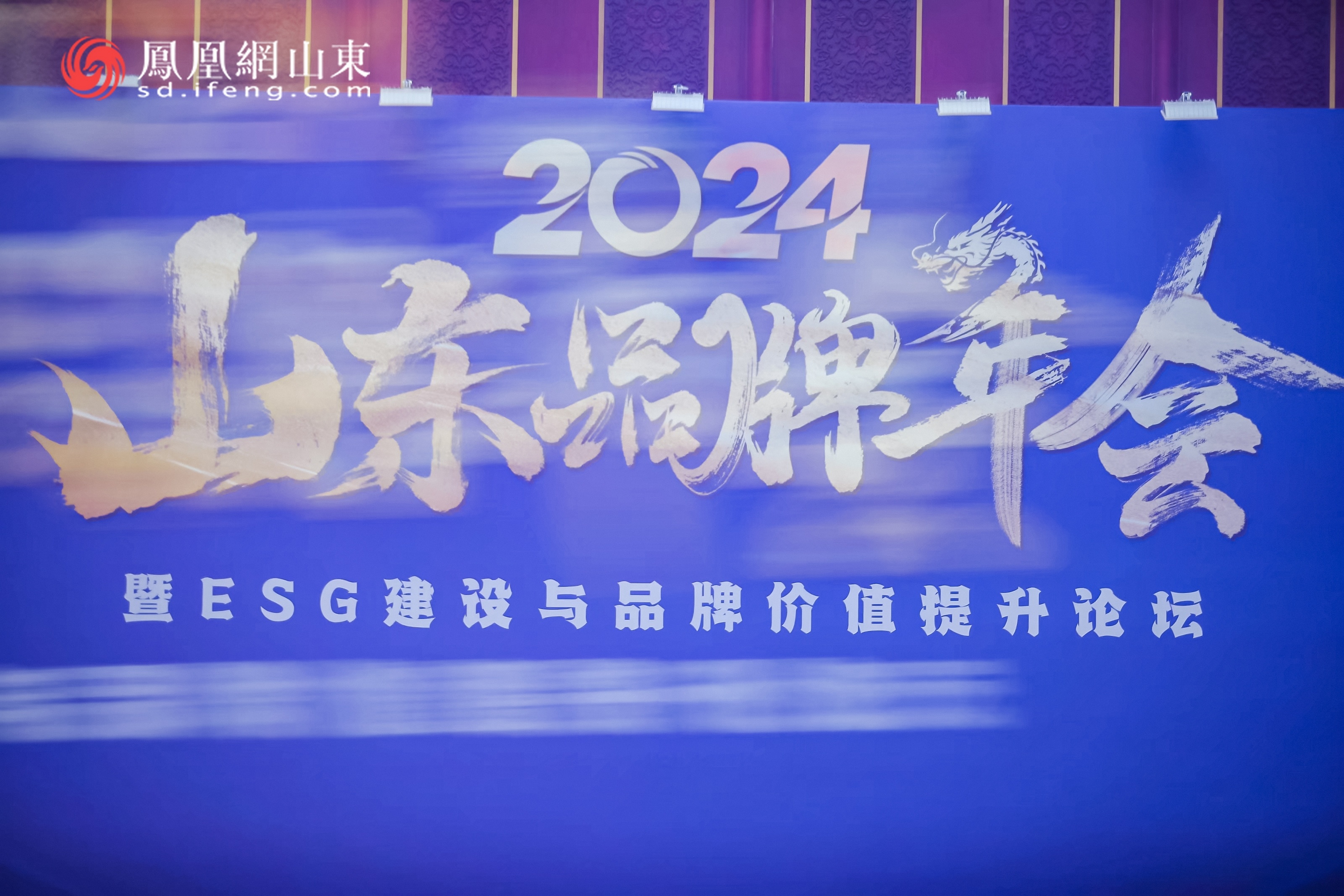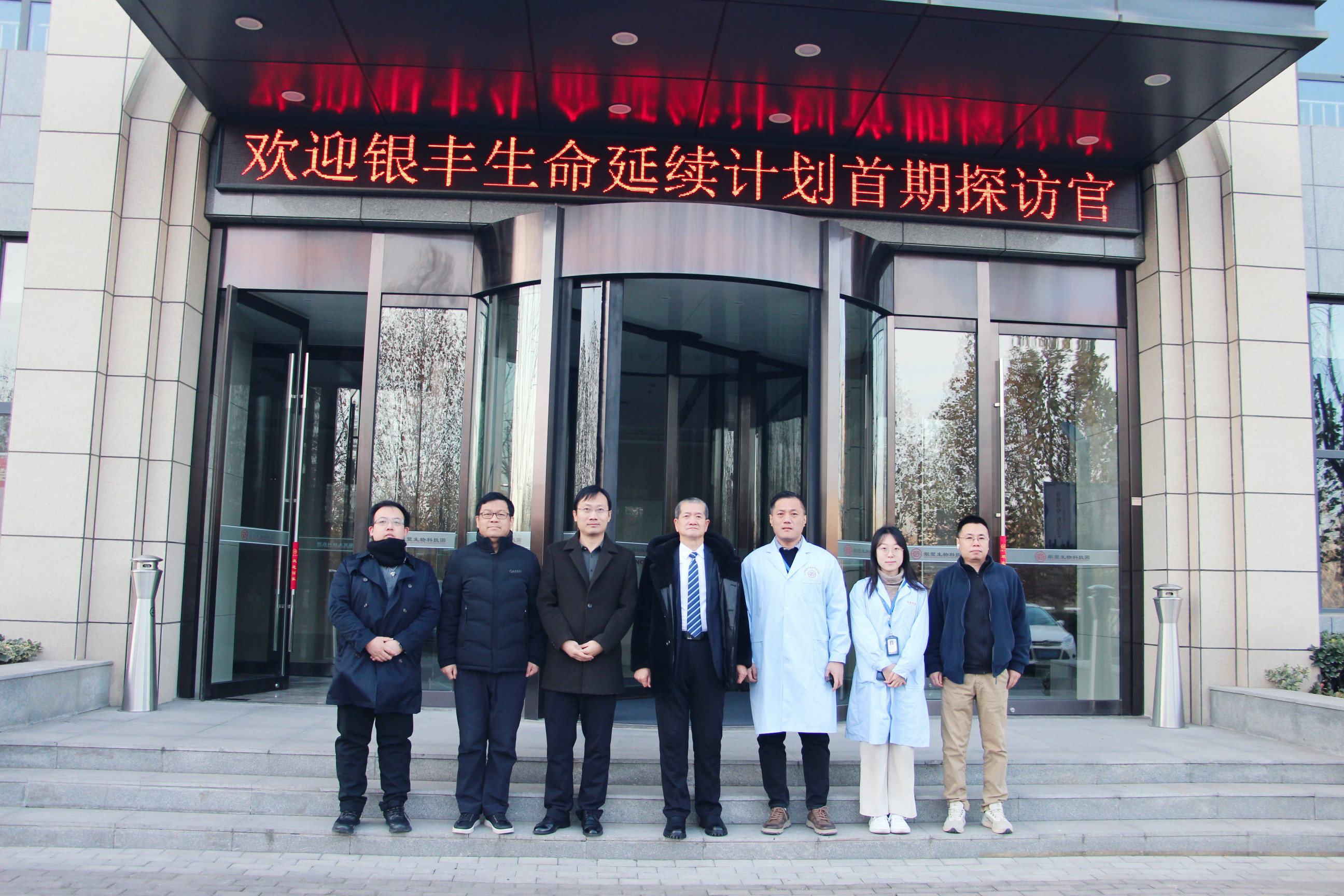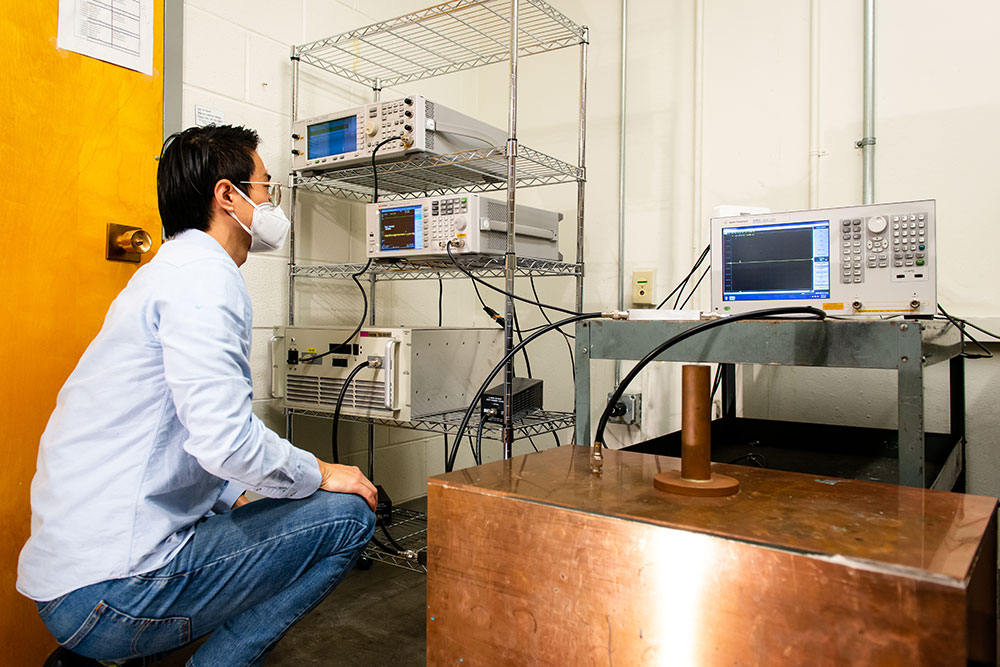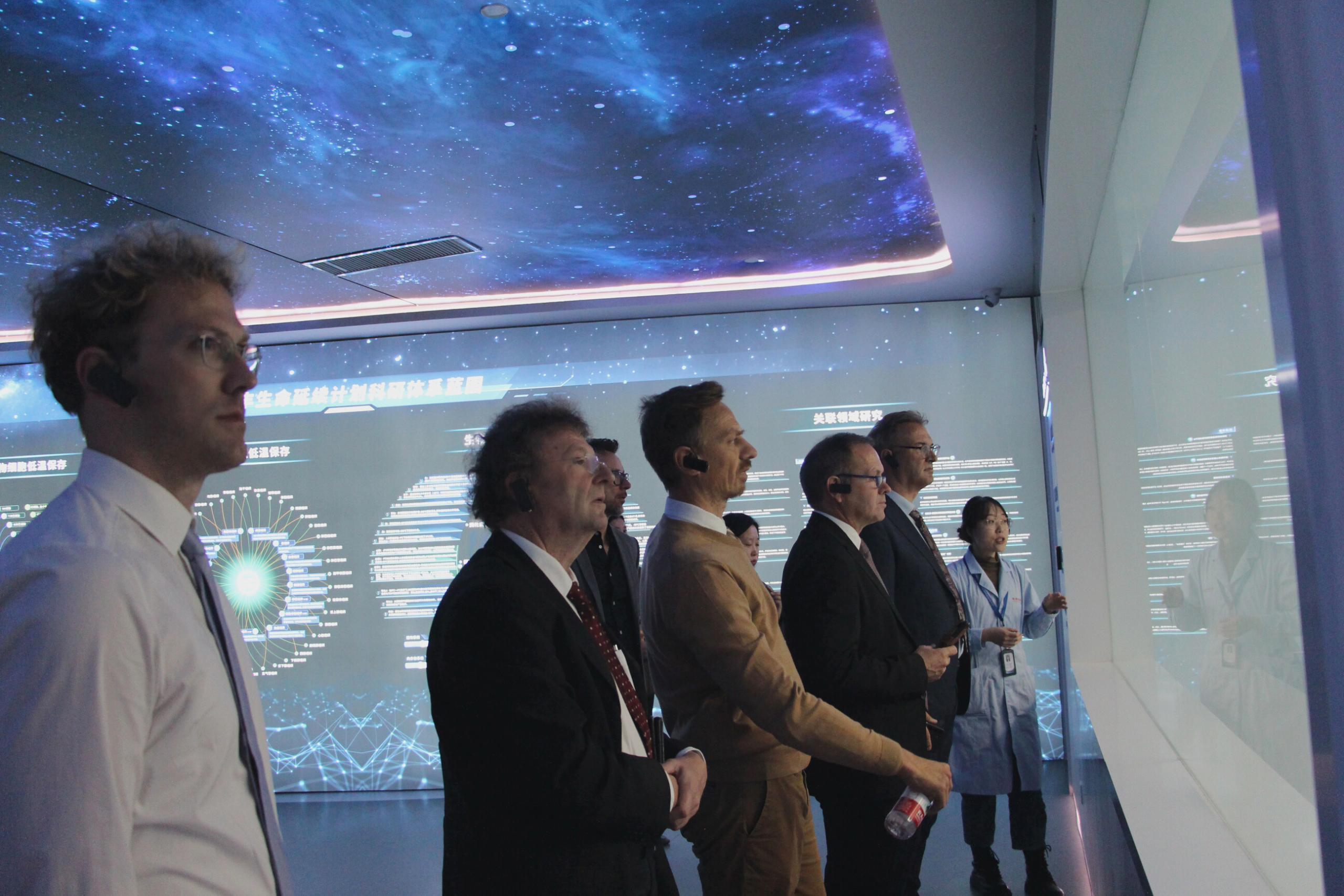What Have Scientists Done Over the Past Century to "Time Travel" into the Future with a Single Sleep?
Release time:
2024-10-12
Remember Captain America's century-spanning frozen wake-up in "The Avengers"? In reality, although we cannot replicate such a heroic legend, the scientific community is quietly unveiling the secrets of pausing life at an astonishing pace, exploring the infinite possibilities of the future.
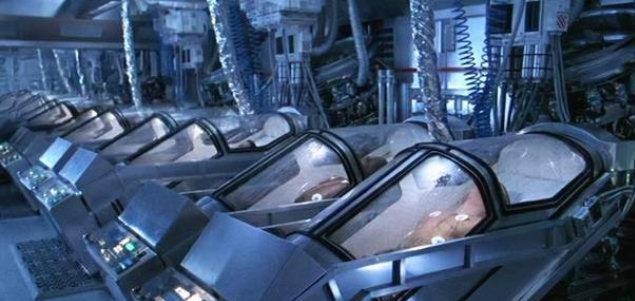
The Real-life "Time Travel"
In 2018, scientists revived ancient nematodes that had been frozen in the Siberian permafrost for tens of thousands of years. At that time, scientists believed their life originated around 42,000 years ago. However, the latest news in 2023 showed, through precise radiocarbon dating technology, that these ancient nematodes had been in a "suspended animation" state, also known as cryptobiosis, in Siberia for at least 46,000 years.
In a cryptobiotic state, the metabolic activity of life is reduced to undetectable levels, akin to pressing a pause button on life. For instance, bacterial spores preserved in a bee's abdomen for 25 to 40 million years, or a lotus seed preserved in an ancient lake for 1,000 to 1,500 years, can still germinate and resume life. Organisms like tardigrades, rotifers, and nematodes can maintain a cryptobiotic state for decades or even tens of thousands of years and revive, eat, drink, and reproduce normally once they return to normal temperatures after thawing.
Higher animals, like frogs, snakes, and bears, can hibernate, maintaining a low metabolic rate only for a winter. The North American wood frog, for example, living in Alaska, hibernates for nearly eight months each year and can survive after being frozen at -4°C for two months.
So, can humans freeze for tens of thousands of years and then thaw to "revive" like nematodes?
Cryobiomedicine: Challenging the Infinite Possibilities of Life
Over sixty years ago, perhaps driven by such conjecture and infinite hope in cryogenic technology, American Robert Ettinger proposed the feasibility of human cryopreservation in his book "The Prospect of Immortality." In April 1967, James Bedford, a psychology professor at the University of California, passed away from terminal kidney cancer and became the "world’s first cryopreserved man."
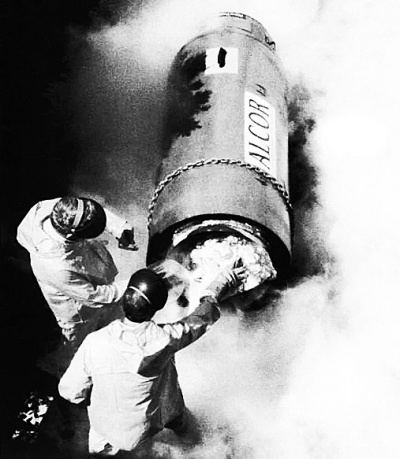
As of today, incomplete statistics suggest that over 600 people worldwide have undergone human cryopreservation procedures, and more than 4,800 people are registered members planning to participate.
Behind these ever-increasing numbers lies not only people's longing for the future world but also scientists' tireless exploration and numerous scientific achievements in the field of cryobiomedicine.
The Scientists' Path of Exploration
As early as the late 19th century, scientists began exploring the fundamental theories of cryobiology. For example, in 1879, French biologist Paul Bert published a paper on the effects of low temperatures on organisms, observing that at extremely low temperatures, the metabolic activity of organisms significantly slowed, thereby extending their lifespan. The relationship equation between chemical reaction rates and temperature proposed by Swedish physical chemist Svante Arrhenius in 1889, for which he won the Nobel Prize in Chemistry, is still used today. According to the formula's predictions, if an organism can survive for two hours at 4°C, it can be preserved for several days at -40°C, for months at -80°C, and for centuries at -196°C. Various classical hypotheses and theories laid a solid foundation for the theoretical research of cryobiomedicine, strongly promoting the exploration and advancement of cryopreservation and rewarming technologies.
In 1949, British biologist C. Polge and others published an article titled "Revival of Spermatozoa at Low Temperatures by Desiccation to a Glass" in the journal Nature, marking the beginning of cell cryopreservation. Subsequently, researchers began applying cryogenic freezing technology to broader fields such as organ transplantation and cell preservation.
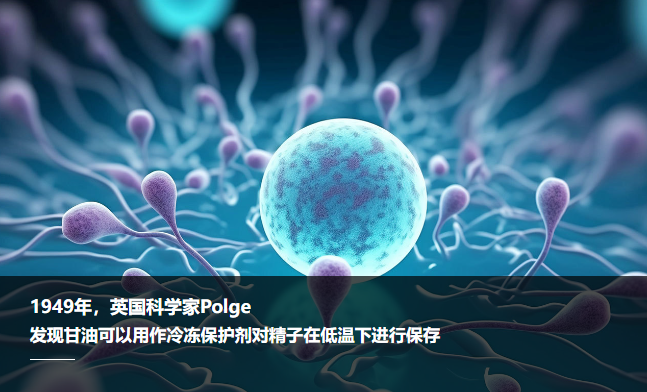
In 1984, G.M. Fahy, an expert from "21st Century Medicine" in the U.S., conducted comparative experiments on vitrification cooling and rewarming using vitrification protective solution versus ordinary chemical protective solution on a pair of rabbit kidneys.
In 2023, the world's first successful transplant of a rat kidney using vitrified cryopreservation and nanowarming was accomplished. A team led by Professor John Bischof at the University of Minnesota (UMN) successfully transplanted a rat kidney through vitrification-cryopreservation and nanowarming.
Today, cryopreservation and rewarming technologies at the cellular level have matured, with numerous applications in clinical practice. The cryopreservation of biological tissues and organs has also achieved remarkable results in clinical applications, laying a good foundation for the studies of cryopreservation and rewarming technologies for large, complete living organisms.
However, the complexity of the human body surpasses imagination. The destructive power of ice crystallization, the challenges of cell dehydration, and the inability of "cryoprotectants" to naturally regulate each pose immense challenges. Yet scientists persist on this arduous path of climbing new heights.
We are willing to believe in the infinite possibilities of future technologies and the infinite possibilities of life. We believe that the faint glimmers in our hands today are illuminating the path to the future, and every bit of exploration brings us closer to our "future selves." We look forward to the day when we truly master the key to pausing life, and traversing time will no longer be exclusive to science fiction films.
So, if such a day truly comes, what would you like to do now?
Latest developments
In January 2025, members of the Yinfeng cryomedicine team actively participated in the "Sino-French Aerial Emergency Medical Rescue Training" and obtained certification. This signifies a further enhancement of the team's professional capabilities in the field of international emergency medical rescue.
Brands are an important symbol of high-quality development. Under the drive of strategies such as Brand Strong Province and Good Products Shandong, Shandong brands have risen to prominence. Particularly in recent years, Shandong brands have focused on new quality productivity, using "new" to enhance quality, achieving remarkable results in high-quality development.
With infinite hope for future medical technology, I applied to become a member of the Yinfeng Life Extension Program and volunteered to contribute to cryobiology in a hundred years by becoming a cryonics volunteer. I also believe that preservation in China is safer.
As a distinguished emblem of technological innovation in Shandong, Yinfeng's Life Continuation Project will continue to build a bridge for domestic and international government research and academic exchange, continually strengthen scientific collaborations and result transformations with global research institutions, consistently contribute to the development of cryobiomedicine, and inject continuous hope into the shared ideal of extending human life.




